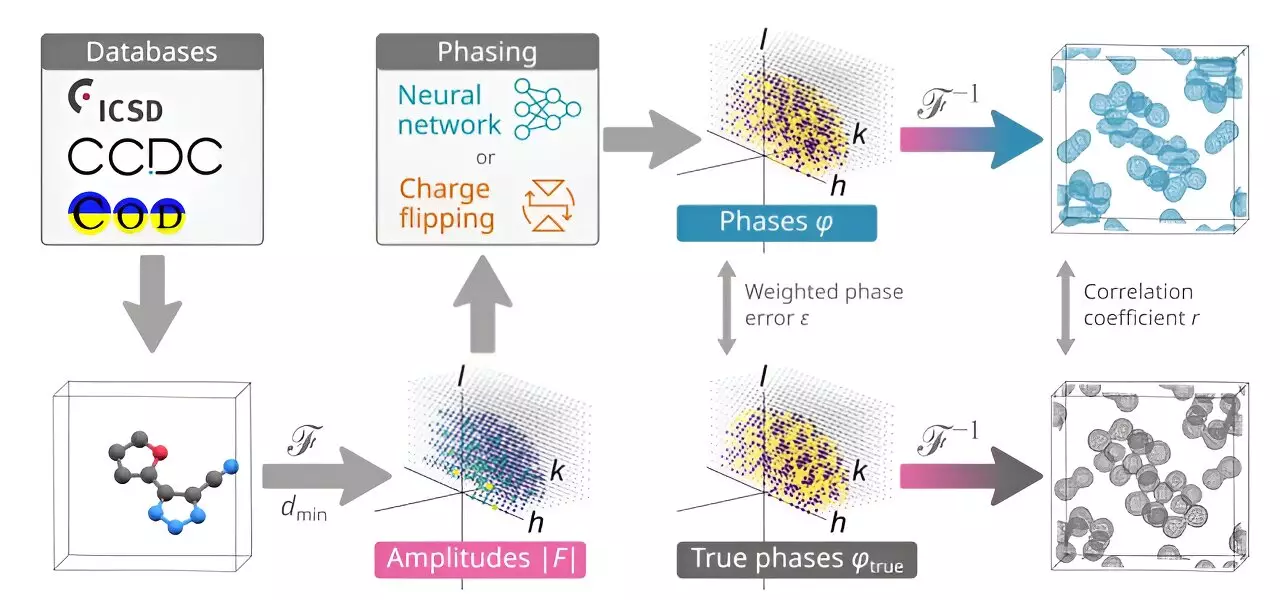A team of chemists at the University of Copenhagen has made significant strides in the field of crystallography by developing an AI application that can determine the phase of x-rays diffracted by crystals. This breakthrough has the potential to revolutionize the process of predicting the structure of small molecules, which has traditionally been a challenging task for chemists.
In recent years, the collaboration between chemists and computer scientists has led to the development of various AI applications designed to aid chemists in their research. These applications are particularly useful in chemistry, as much of the work in this field relies on trial and error. For instance, AI has already been used to predict protein structures, marking a significant advancement in the field.
Predicting the structure of small molecules typically involves converting them into solid crystals and subjecting them to x-ray diffraction. While this method is effective in determining the molecular structure, a major challenge arises from the inability to measure the phase of the x-rays. This often leads to fuzzy diffraction patterns, making it difficult for chemists to accurately decipher the structure of the molecules.
The Copenhagen chemists, Anders Larsen, Toms Rekis, and Anders Madsen, addressed this challenge by creating an AI application called PhAI. To train PhAI, the team generated millions of synthetic small molecule structures and calculated the fuzzy diffraction patterns that would result from these structures. By establishing a relationship between the crystals and the diffraction patterns, PhAI was able to accurately predict the phase and intensity information for millions of potential molecules.
The effectiveness of PhAI was demonstrated through testing, which involved predicting the structure of 2,400 small molecules whose structures were already known. The results were promising, indicating that PhAI could accurately predict the structure of these molecules. This success validates the potential of AI in crystallography and opens up new possibilities for predicting small molecule structures.
The research team behind PhAI has ambitious plans to further enhance the capabilities of the AI application. Their goal is to expand PhAI’s capabilities beyond predicting the structures of 50 atom molecules, paving the way for more complex structure predictions in the future. By continuing their research and development efforts, the Copenhagen chemists aim to push the boundaries of crystallography and unlock new opportunities in the field of small molecule structure prediction.


Leave a Reply